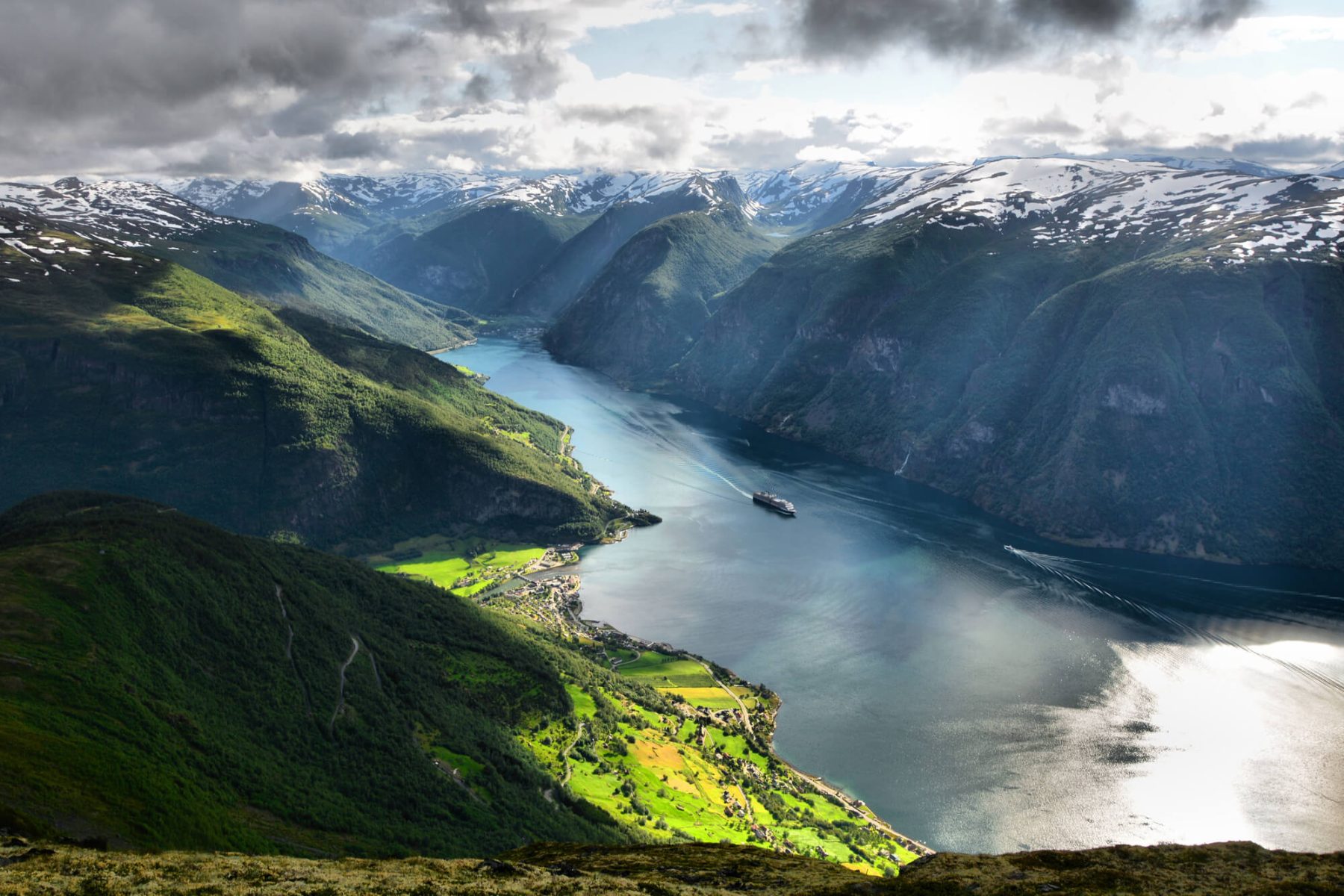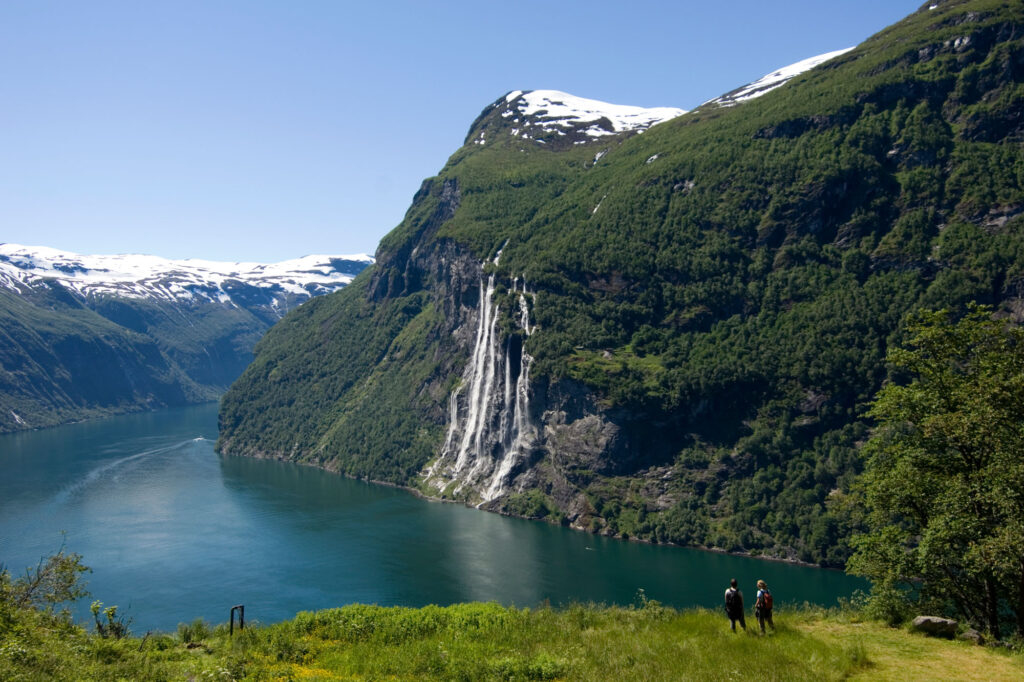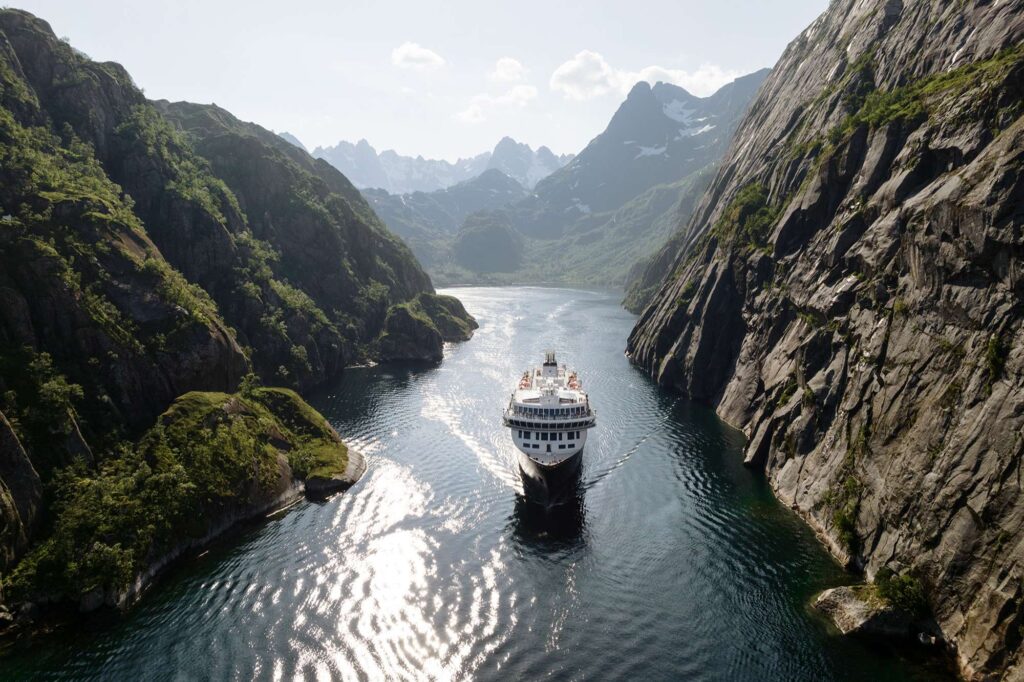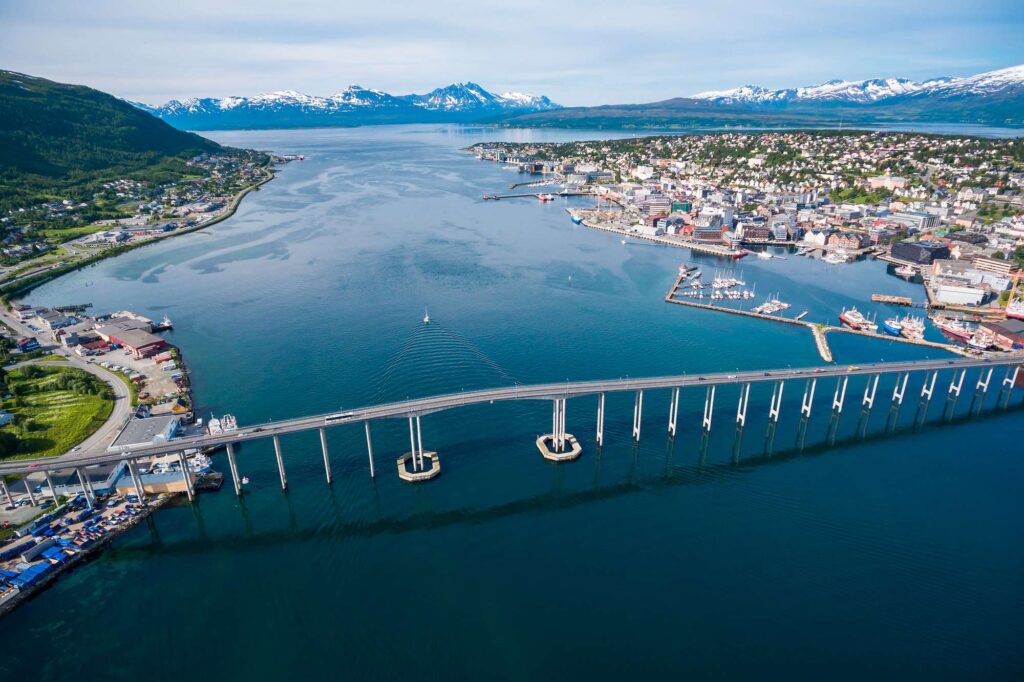
Your Guide to Norway’s Magical Fjords
Norway is known the world over for its breathtaking fjords. Formed over several ice ages by ancient glaciers, they are deep stretches of water surrounded by steep land formations. These peaceful vistas make for a truly incredible holiday destination.
If you are looking for a fjord holiday in Norway, read on for answers to a few of the most commonly asked questions.
Where are Norway’s fjords?
Norway’s fjords punctuate the western coast, snaking their way inland from the sea. The country has hundreds of fjords that are scattered along an enormous 570,000 km stretch of coastline.
The specific region known as Fjord Norway sits between Bergen and Alesund, where the fjords have created a unique landscape made up of small islands, inlets, and peninsulas. This landscape has influenced the history and culture of this part of Norway, with strong ties to fishing and water-based activities like kayaking and cruising.
Although they are not just a Norwegian phenomenon, the country is famous for these beautiful inlets of deep blue water, and both Geirangerfjord and Nærøyfjord are on UNESCO’s World Heritage List.

Are fjords freshwater or saltwater?
Fjords can be a mix of both fresh and saltwater due to the way they are formed. When ancient glaciers began to retreat over the course of many ice ages, the valleys that were left became flooded with saltwater. This saltwater was mixed with freshwater that continuously melted from the surrounding snow- and ice-covered ground.
The hydrography of the fjords mean they can easily sustain sea life. Cod, pollock and coalfish are all found in the fjords, and an enormous 600,000 Atlantic salmon come into the fjords every single year. The fish found in the fjords are often bigger than their ocean-dwelling counterparts, so if you are a keen angler Norway is a place you simply must visit.
When should I visit the Norwegian fjords?
With warm weather and long days, late spring into summer is an ideal time to visit the fjords. They are at their busiest during July and August when temperatures can reach 30 degrees, though the average is between 17-23 degrees celsius.
Norway is warmed by airflows from the Atlantic, which are warmed by the Gulf Stream, bringing warm water from the Gulf of Mexico. The golden light of summer showcases the glorious landscapes – blue skies, lush green forests, mountain peaks, and dramatic high-sided fjords.
What is the best way to see the Norwegian fjords?
You can see and explore the fjords of Norway in many ways. Get up close and personal in a kayak or canoe, or take in the vast panoramic views by hiking one of the many trails that weave their way upwards. Or, you could join a boat safari where you can sit back and relax while taking in the incredible scenery.
Our small group Magic of the Fjords holiday combines a number of experiences in one trip, in the company of like-minded travellers.
Alternatively, we can help you design a self-drive itinerary that allows you to take in the wonder and majesty of the fjords at your own pace adding in optional excursions along the way.

What is the best Norwegian fjord cruise?
There are many options for boat-based excursions to enjoy on your trip to Norway. From sightseeing day trips along UNESCO World Heritage listed Geirangerfjord, to a RIB boat adventure from Balestrand harbour to the 120m Kvinafossen waterfall, there is bound to be a boat trip to suit your timeframe.
If you’re looking for a longer cruise holiday, Hurtigruten’s Classic Round voyage follows the shipping route from Bergen up into the Arctic Circle to the North Cape before returning to Bergen to complete a stunning 12-day journey. You can also choose to ply the route by new eco-friendly ships.
Which fjord in Norway is the best?
This is totally subjective with every fjord and surrounding landscape offering something beautiful. Norway’s most famous fjord is probably Geirangerfjord, which has been used as a location in movies like The Wave. Located in the Møre og Romsdal district, it offers stunning scenery no matter where along it you choose to stop.
The longest and deepest fjord in Norway is Sognefjord, making it a popular choice for visitors who want to witness just how majestic these iconic inlets can be. The water itself is surrounded by peaceful mountain villages and the natural beauty of Jotunheimen National Park, which sits towards the fjord’s eastern end.
Another wonderful fjord to visit is Lysefjord. It is known for the enormous rockface that lines its edges. Pulpit Rock, or Preikestolen in Norwegian, is 604m high and is visited by hundreds of thousands of visitors each year – including Tom Cruise who filmed some of the scenes in Mission Impossible 6 there.
Are there fjords in Tromso?
Tromso is the largest city in northern Norway and dominates the island of Tromsoya. It is not part of Fjord Norway but sits in the country’s more northerly archipelago. The surrounding county is peppered with fjords including Balsfjorden, which extends inland from Kvaløya to Tromso.
The city itself is a lovely place to visit and is a major cultural and historical hub as well as being a draw for northern lights watchers. Traditional wooden houses exist alongside more contemporary architecture, and the famous Arctic Cathedral is an imposing yet beautiful part of the city skyline.
Is Norway the most beautiful country?
Norway is known to be home to some of the most awe-inspiring scenery in the world. It’s unique topography and world-famous fjords potentially give it an edge to other countries in the Nordics.
Norway’s extraordinary fjords have carved their way across the landscape over hundreds of thousands of years, creating a stunning vista that brings in visitors from all over the world. Whether it is the most beautiful country is entirely subjective, but it remains one of the world’s best places to see the fjords

Find out more about our range of Norway holidays taking in the country’s incredible fjords. Or speak to our Travel Specialists today on 01737 214 250 to design your perfect trip.



 Instagram
Instagram
 Facebook
Facebook
 YouTube
YouTube